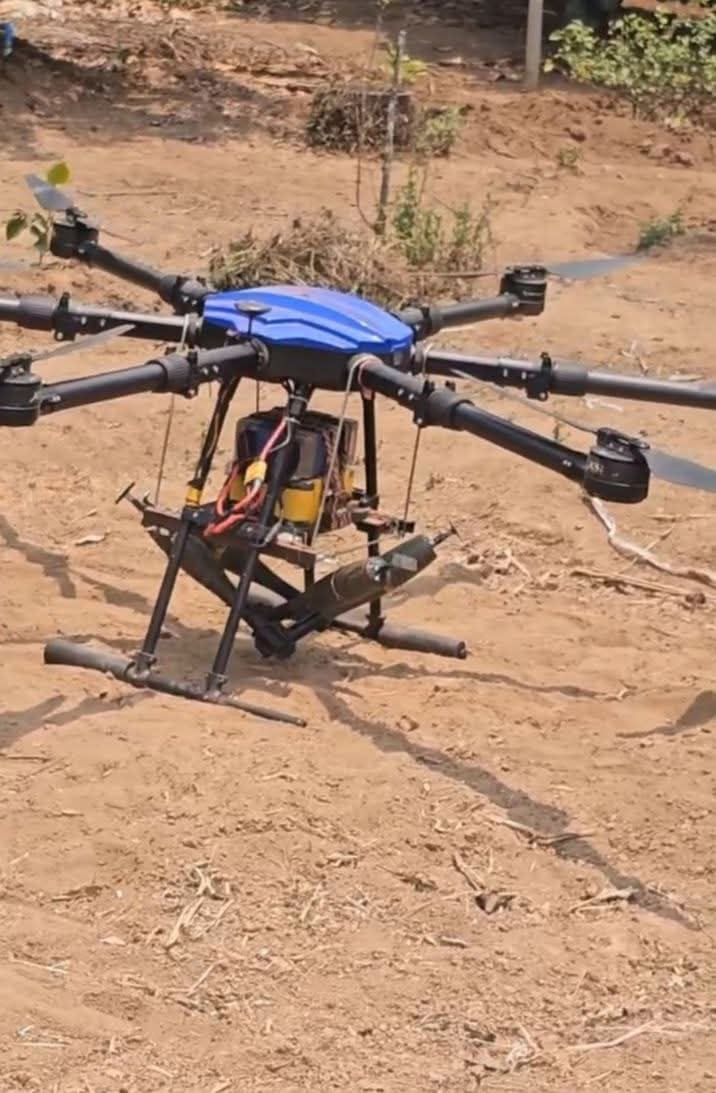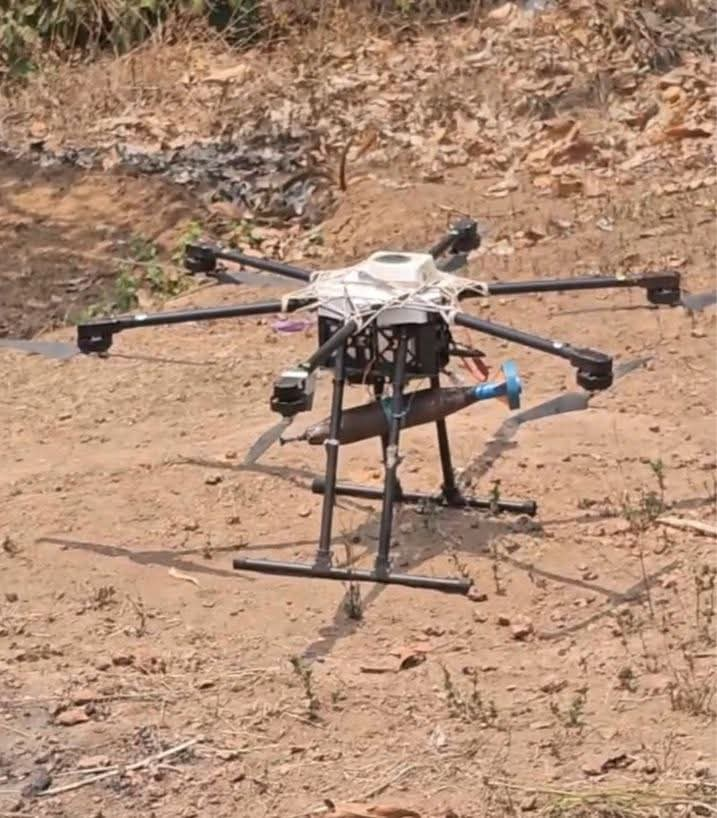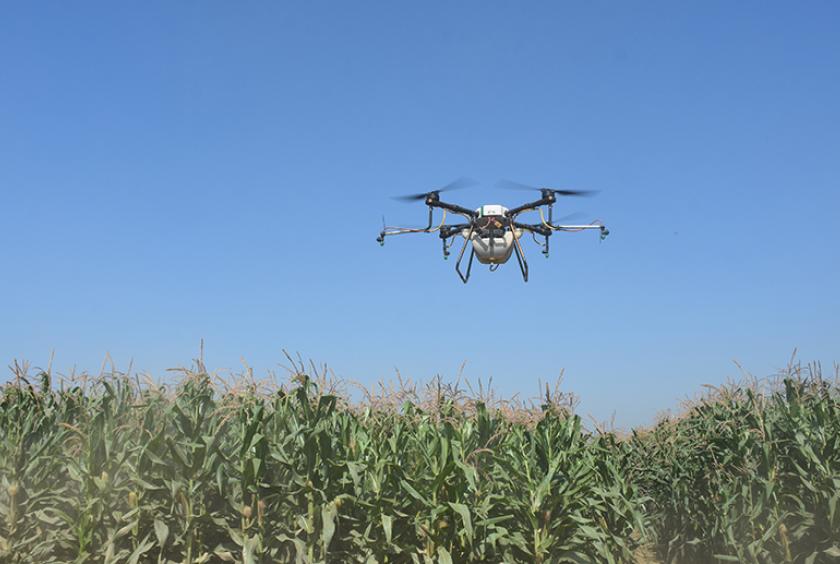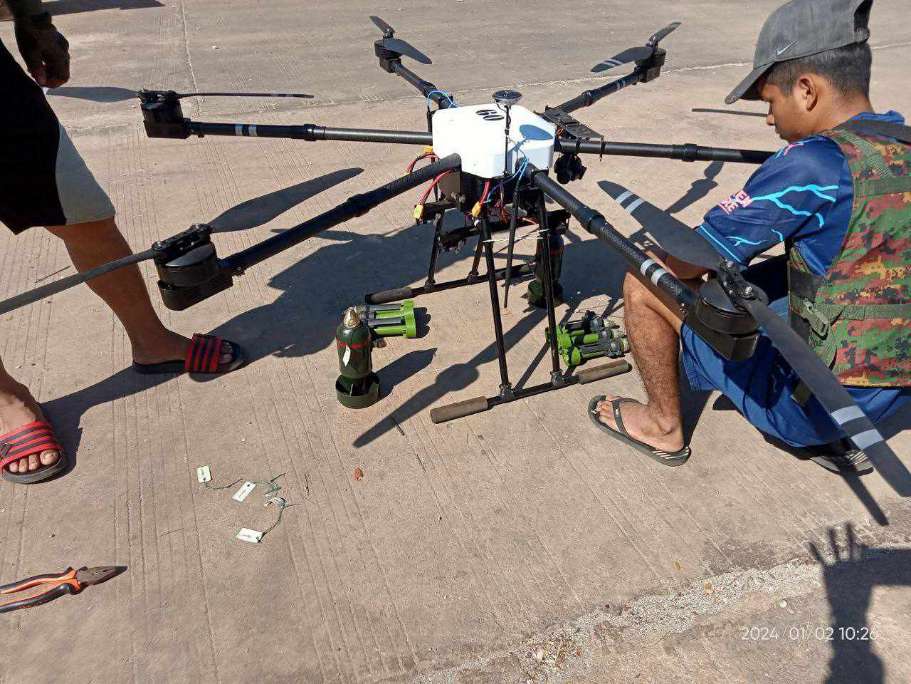
The rollout of 5G technology significantly enhances connectivity and enables a vast array of applications, particularly through the proliferation of Internet of Things (IoT) devices.
However, this interconnectedness also introduces a range of vulnerabilities that can compromise the security and reliability of critical infrastructure.








1. Proliferation of IoT Devices
One of the most significant vulnerabilities associated with 5G is the massive increase in connected endpoints. The ability to connect billions of devices creates numerous entry points for cyberattacks. Many IoT devices are often inadequately secured, making them attractive targets for attackers. Once compromised, these devices can be used to launch attacks on other parts of the network or to gather sensitive information.
2. Legacy Vulnerabilities
5G networks inherit vulnerabilities from previous generations, particularly from 4G and 3G networks. For example, weaknesses in the Signaling System 7 (SS7) have been exploited in the past for surveillance and espionage. Although 5G has improved signaling security, the legacy systems still pose risks, as attackers can exploit these vulnerabilities to gain unauthorized access to communications and data.
3. Complex Interdependencies
The integration of 5G into critical infrastructure systems creates complex interdependencies that can lead to cascading failures. For instance, if a vulnerability in a smart grid device is exploited, it could disrupt not only the power supply but also other interconnected systems, such as transportation and emergency services 3. This interconnected nature means that a single point of failure can have widespread implications.
4. Cyber-Physical Risks
5G technology enhances the capabilities of cyber-physical systems, which combine computational and physical processes. However, this integration also increases the risk of cyber-physical attacks, where cyber vulnerabilities can lead to physical consequences. For example, an attack on a connected transportation system could result in accidents or disruptions, posing risks to public safety.
5. Data Exposure and Privacy Concerns
The extensive data collection capabilities of 5G networks raise significant privacy concerns. Sensitive information about users and operations can be exposed if security measures are inadequate. Attackers can exploit vulnerabilities to intercept data, track user locations, or manipulate connected devices, leading to potential breaches of privacy and security.
Conclusion
In summary, while 5G technology offers transformative benefits, it also introduces interconnected vulnerabilities that pose significant risks to critical infrastructure. Addressing these vulnerabilities requires a comprehensive approach that includes robust cybersecurity measures, continuous monitoring, and collaboration among stakeholders. Ensuring the security and resilience of 5G networks is essential to protect vital services and maintain public safety in an increasingly interconnected world.


Leave a Reply